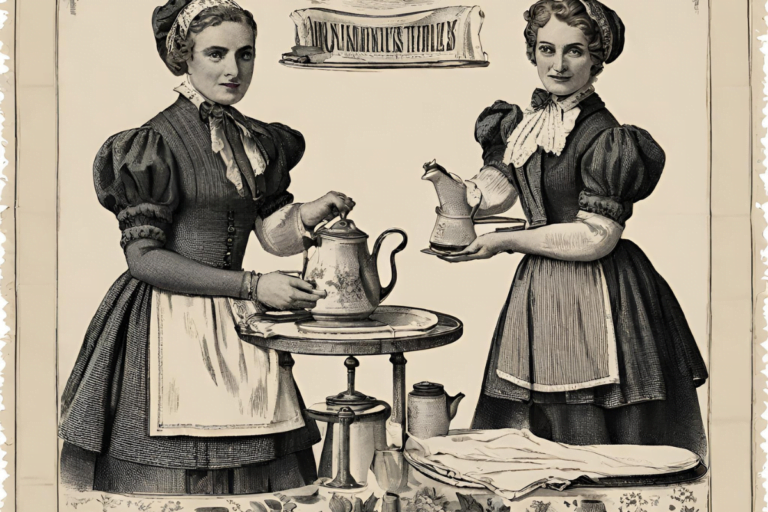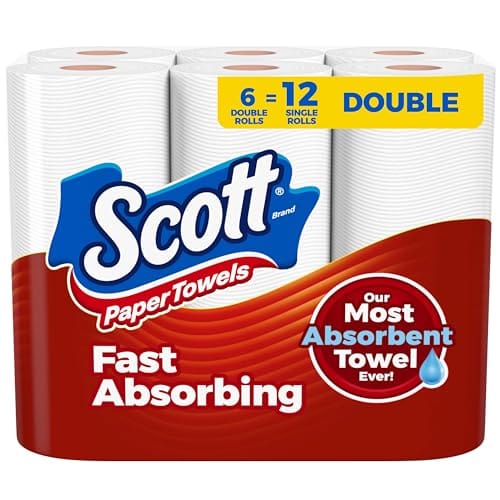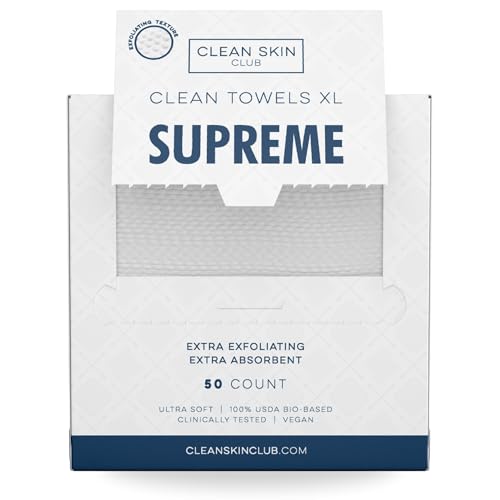Wash towels at a temperature of 60°C (140°F) to effectively remove bacteria and odors. For energy saving, a 40°C (104°F) wash can suffice for less soiled towels.
The act of keeping your towels clean, soft, and hygienically perfected is a straightforward affair if the right washing temperature is at your disposal. The temperature which is the most suitable for your towels is a vital factor in deciding their quality and prolonging their life. The temperature ranges of commonly between 130F to 150F to kill germs and remove heavy soil but for the lighter ones and energy efficiency, the temperature of lower is recommended.
Hence, spending time on yourself leads to good care of your towels and regarding the earth, as well as keeping your bills low. Keep in mind to sort your towels by color and material type before washing, to avoid any color bleeding or damage to the fabric. Now that you’ve learnt these tips, your towels will stay clean and stay in great condition, so ultimately lasting longer and stay as absorbent as the day you bought them.

Credit: www.pinterest.com
Understanding Towel Fabric
Understanding Towel Fabric is vital when deciding the best care for your towels. The fabric type not only influences comfort and absorbency but also dictates the ideal washing temperature. With the right knowledge, you can keep your towels soft, fresh, and durable wash after wash.
Types Of Towel Fabric
Different towels come in various fabrics, each with unique qualities:
- Cotton: Common for its softness and absorbency.
- Egyptian or Turkish Cotton: Known for luxurious feel and high absorbency.
- Bamboo: Eco-friendly, soft, and mildly antibacterial.
- Microfiber: Quick-drying and lightweight, perfect for travel.
Impact Of Fabric On Washing Temperature
The right washing temperature is crucial for towel care. Here’s how fabric type impacts your choice:
| Fabric Type | Washing Temperature |
|---|---|
| Cotton | Hot (around 60°C) for deep cleaning |
| Egyptian/Turkish Cotton | Warm (around 40°C) to maintain softness |
| Bamboo | Cool to warm (30°C to 40°C) for fiber care |
| Microfiber | Cool (30°C) to prevent heat damage |
Remember: Always check the towel’s care label. It offers the best advice for washing temperatures!
Recommended Washing Temperatures
Keeping towels clean and fluffy is essential for comfort and hygiene. The right washing temperature kills germs without damaging the fabric. Different materials require specific care. Let’s explore the ideal temperatures for various towel types.
Cotton Towels
Denim towels have gained a reputation for being long lasting and very absorbent. To completely soak your linen, make sure you wash them at a hot water temperature level no less than 60°C to 70°C / 140°F to 158°F. This high heat, which is necessary to get rid of the bacteria, also helps to keep the towels smelling good. Please note that you should separate hues to avoid it getting mingled.
Microfiber Towels
Microfiber shirts are more touchy to handle. The best temperature is 30°C to 40°C (86°F to 104°F) for warm water washing them. It is better to eliminate fabric softeners during the washing activity because they can cause the destruction of the components of such fabrics. A gentle wash is the most suitable one, as it maintains the structural integrity of the fibers, which is germane to thorough cleaning.
Bamboo Towels
Bamboo towels are cuddly and eco-friendly. They perform best when washing them using cold water settings is highly recommended. Ensure that the hot water is in the range of 30°C to 40°C (86°F to 104°F). This by the way, maintains the natural antibacterial qualities and softness of their skin. Everyone notices that brighter colors fade faster so for my designs, I try to separate colors to help keep them vibrant.
Effects Of Different Temperatures
The Temperature and its Figure in Laundry and Towels lifespan: Knowing the Impact of Different Temperatures on Your Towels Will Make your Laundry Suitable and Prolong the Towels Ethical Creation. The water temperature for washing towels is a key parameter in hygiene and fabric care. Let’s examine how hot, warm, and cold water can lead to the washing being done well.
Hot Water
Hot water, typically around 130°F to 150°F, is the go-to for deep cleaning. It’s effective for:
- Killing germs and dust mites.
- Removing heavy soil and body oils.
- Providing a thorough clean for heavily used towels.
However, frequent washing in hot water can:
- Lead to color fading.
- Contribute to fabric breakdown.
- Result in higher energy bills.
Warm Water
Warm water, around 90°F to 110°F, is a balanced choice. Benefits include:
- Less energy consumption than hot water.
- Moderate cleaning power for lightly soiled towels.
- Reduced risk of shrinking or fading.
Warm water may not:
- Eliminate all bacteria or allergens.
- Remove tough stains effectively.
Cold Water
Cold water, generally below 80°F, is the most energy-efficient. It’s suitable for:
- Delicate fabrics and dark colors.
- Minimizing wear and tear.
- Saving on energy bills.
However, cold water might not:
- Handle heavy soil or oil removal.
- Disinfect towels as effectively as hot water.
:max_bytes(150000):strip_icc()/laundry-and-water-temperature-1900646-FINAL-5baa47d946e0fb0025b1cda9.png)
Credit: www.thespruce.com
Special Considerations
Understanding special considerations for washing towels ensures their longevity and effectiveness. Factors like color and environmental impact play crucial roles.
Towel Color
Choosing the right temperature for different colored towels is essential:
- White towels: Use hot water to enhance their brightness and kill germs.
- Colored towels: Opt for cold water to prevent fading and maintain color integrity.
Always separate towels by color before washing to avoid dye transfer.
Environmental Factors
Consider these environmental tips to reduce your impact:
- Lower temperatures: Washing at 30°C or cold is eco-friendlier and consumes less energy.
- Eco-friendly detergents: Choose detergents that are biodegradable and less harmful to aquatic life.
These practices help protect our planet while keeping towels clean.
| Towel Type | Wash Temperature | Environmental Tip |
|---|---|---|
| White | Hot | Use full loads to save water |
| Color | Cold | Hang dry to save energy |
Tips For Maintaining Towel Quality
Clean and fluffy towels feel amazing. Knowing the right way to wash and dry them is key. This keeps them in top shape for longer. Let’s dive into some essential tips.
Proper Drying Techniques
Proper drying keeps towels soft and long-lasting. Here’s how to do it right:
- Shake towels out before drying. This loosens fibers.
- Avoid high heat in the dryer. It can damage the fabric.
- Use dryer balls. They help towels dry evenly.
- Line dry when possible. Fresh air does wonders.
- Don’t over-dry. It can make towels rough.
Frequency Of Washing
Washing towels too often can wear them out. But waiting too long is unhygienic. Here’s a balance:
| Use | Wash Every |
|---|---|
| Hand Towels | 1-2 days |
| Bath Towels | 3-4 uses |
Remember, these are just guidelines. Adjust based on your own use.

Credit: www.repairaid.co.uk
Frequently Asked Questions
Do You Wash Towels On Hot Or Cold?
Wash towels on a hot cycle for thorough cleaning and sanitization. Use cold water to conserve energy and prevent color fading.
What Temperature Should I Wash Towels At?
Wash towels at a temperature of 60°C (140°F) to effectively remove bacteria and germs. For general cleaning, 40°C (104°F) is sufficient and more energy-efficient.
What Temperature Should You Wash Towels To Keep Them Soft?
Wash towels at a warm temperature of around 40 degrees Celsius (104 degrees Fahrenheit) to maintain their softness. Avoid high heat, which can damage fibers and reduce softness.
What Temperature Do You Wash Smelly Towels?
For smelly towels, wash them at a high temperature, ideally 60°C (140°F), to effectively eliminate bacteria and odors. Use a good quality detergent and consider adding a cup of white vinegar for extra freshness.
Conclusion
Understanding the ideal temperature for washing towels ensures they remain clean and durable. Aim for hot water around 60°C for thorough disinfection. For energy savings and delicate fabrics, opt for a cooler wash. Regularly washed towels at the correct temperature contribute to a hygienic household.
Remember to adjust the setting based on fabric and soiling level for best results.



